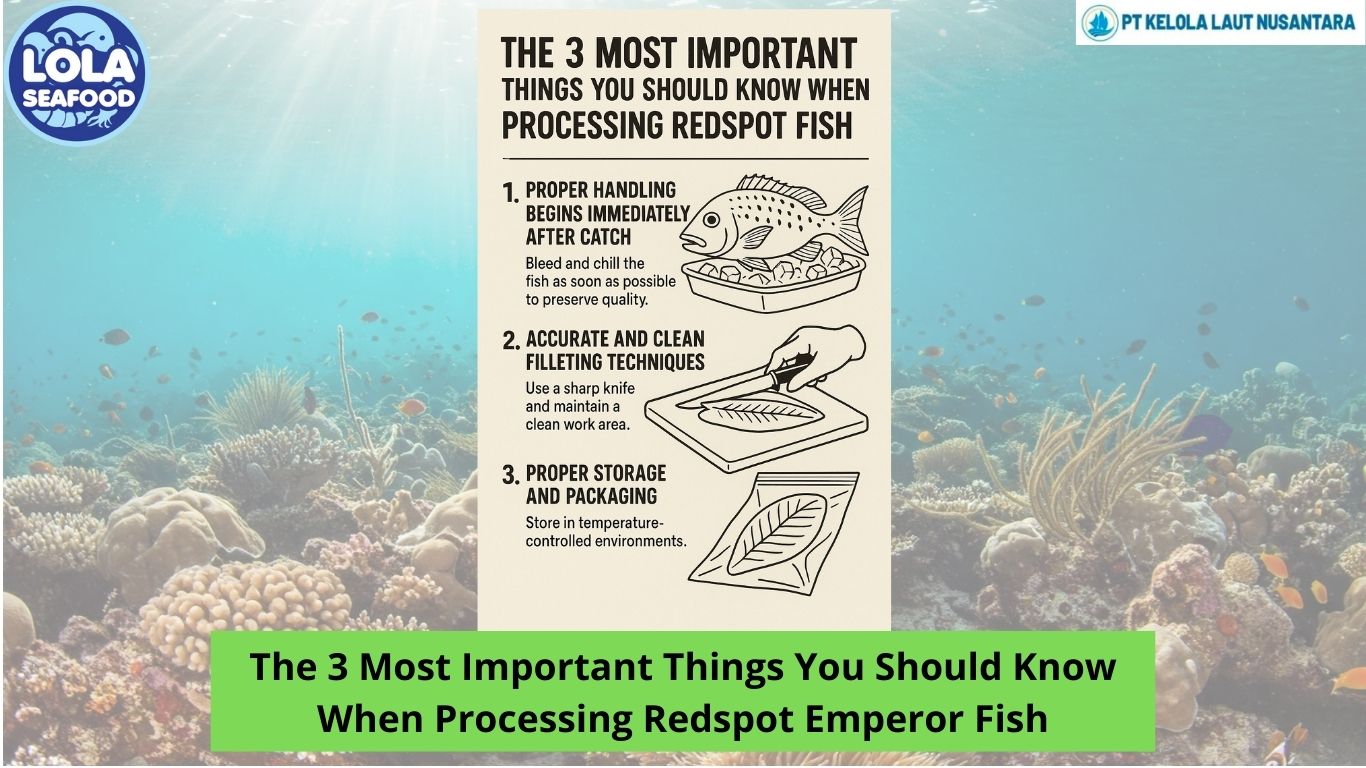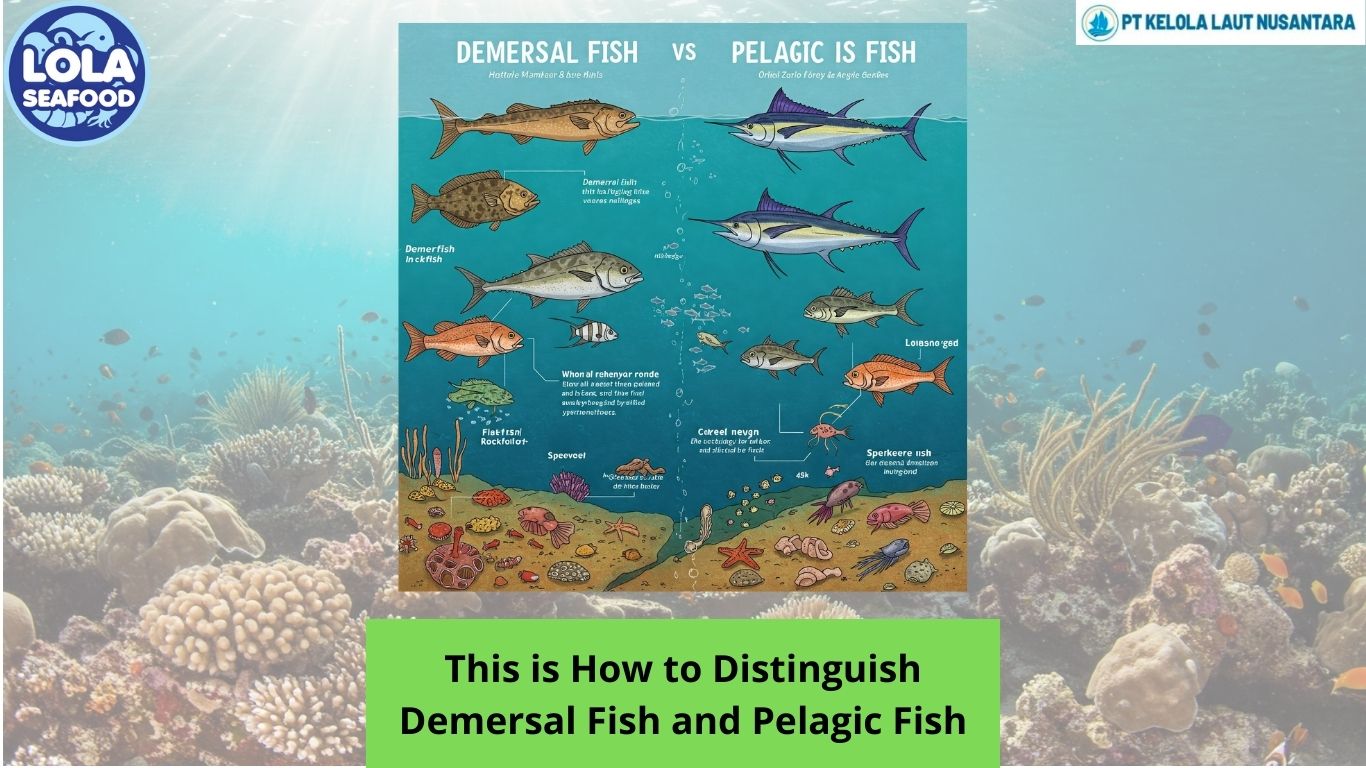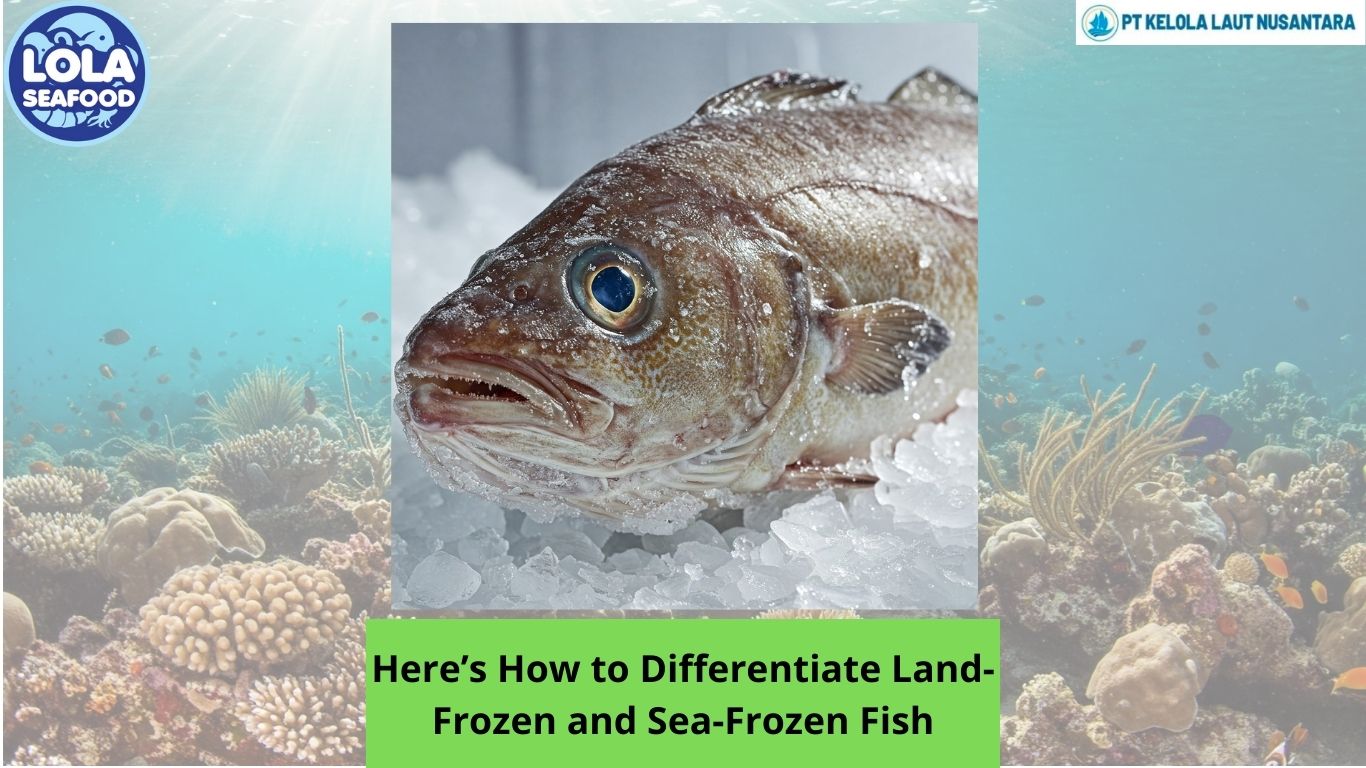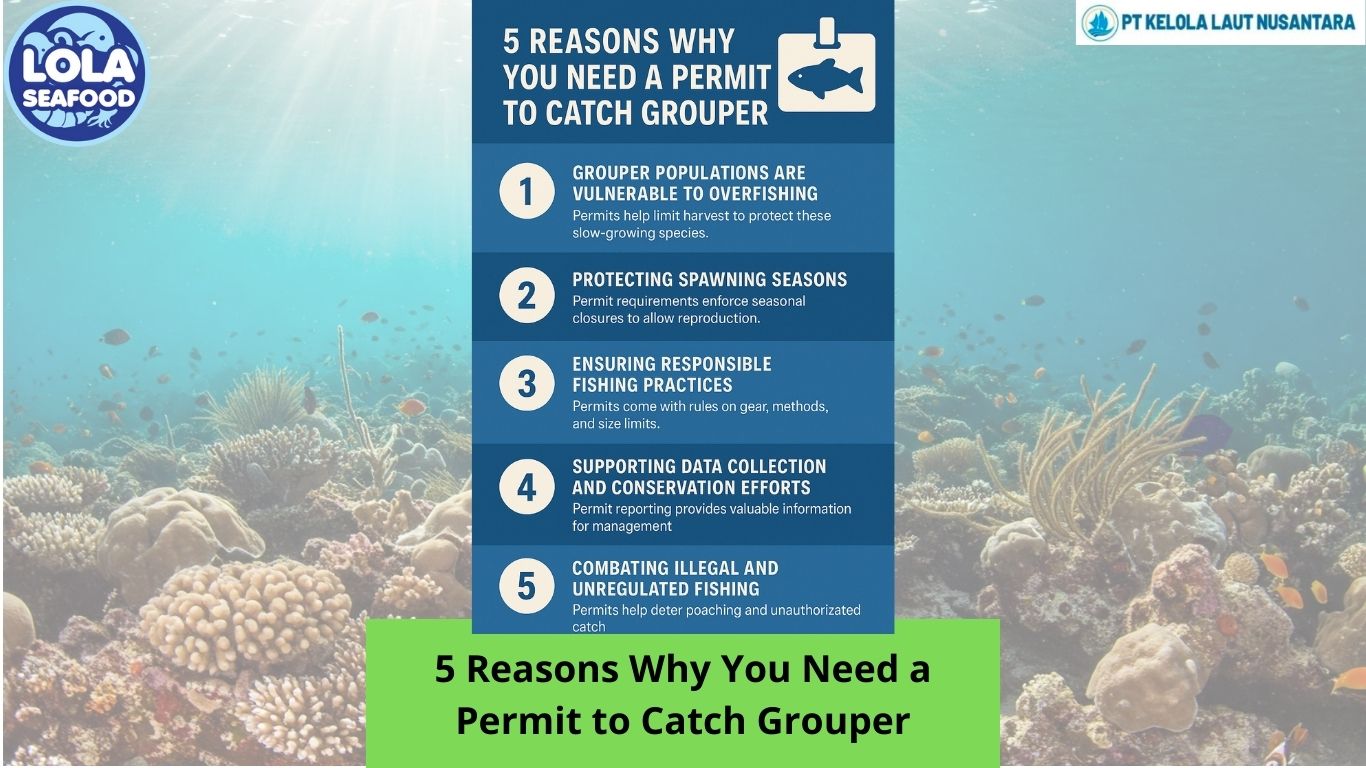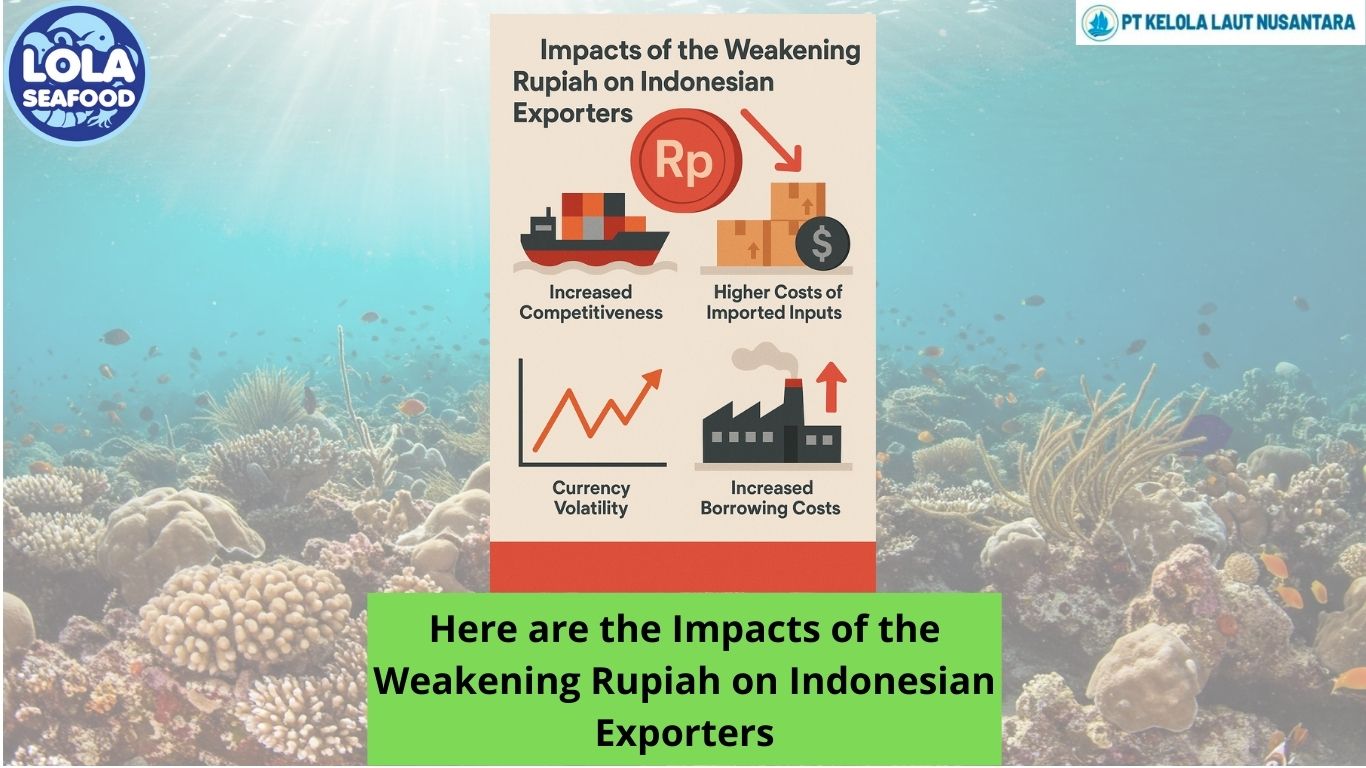9 Challenges in Shrimp Farming Business
By. Nevanda - 12 Sep 2023
kelolalaut.com - Shrimp farming has become one of the most important sectors in the global fishing industry, meeting the ever-growing demand for delicious and nutritious shrimp products. However, behind the promising profits are some serious challenges that shrimp farmers have to face. Here are some of the key challenges in shrimp farming:
1. Diseases and Infections
One of the biggest challenges in shrimp farming is disease, which can spread rapidly within the shrimp population. This can threaten production and result in significant financial losses.
2. Water Quality
Water quality is a key factor in shrimp farming. Water pollution, increased temperature, and changes in pH can negatively affect shrimp growth.
3. Regulations and Certifications
Shrimp farming is often subject to strict regulations regarding sustainability and food safety. Obtaining certifications such as Aquaculture Stewardship Council (ASC) or GlobalG.A.P. can be challenging.
Read also: The Versatility of Smoked Fish in Exquisite Dishes
4. Feed Supply
Shrimp require quality feed for good growth. Depending on the supply of feed that can be found in a particular region, the cost of feed can be a deciding factor in the shrimp farming business.
5. Environment
Shrimp farming can have an impact on the surrounding environment, especially if not done sustainably. Challenges involve waste management, wise use of water, and protection of coastal ecosystems.
6. Climate Change
Climate change can affect water temperature, natural food availability, and the stability of the aquatic environment. Farmers must adapt their farming practices to cope with the impacts of climate change.
Read also: Here’s Some Way to Prepare Red Snapper
7. Availability of High-Quality Juvenile
Obtaining high-quality and disease-free shrimp juveniles is a challenge in shrimp farming, because it will be one of many factors that determine the success shrimp farming.
8. Fluctuating Market Prices
Shrimp prices can vary significantly in the international market. Farmers must manage price risks and seek effective marketing strategies.
9. Production Costs
Shrimp farming often requires a large initial investment in infrastructure and equipment. Operating costs such as feed, water and energy can also be high.
To achieve success in this business, shrimp farmers will need to overcome challenges such as disease, water quality, regulations, and feed supply. With good management and proper use of technology, shrimp farming can be one of the most promising agricultural sectors in the future.
Read also: Here are 10 Fun Facts of Red Snapper
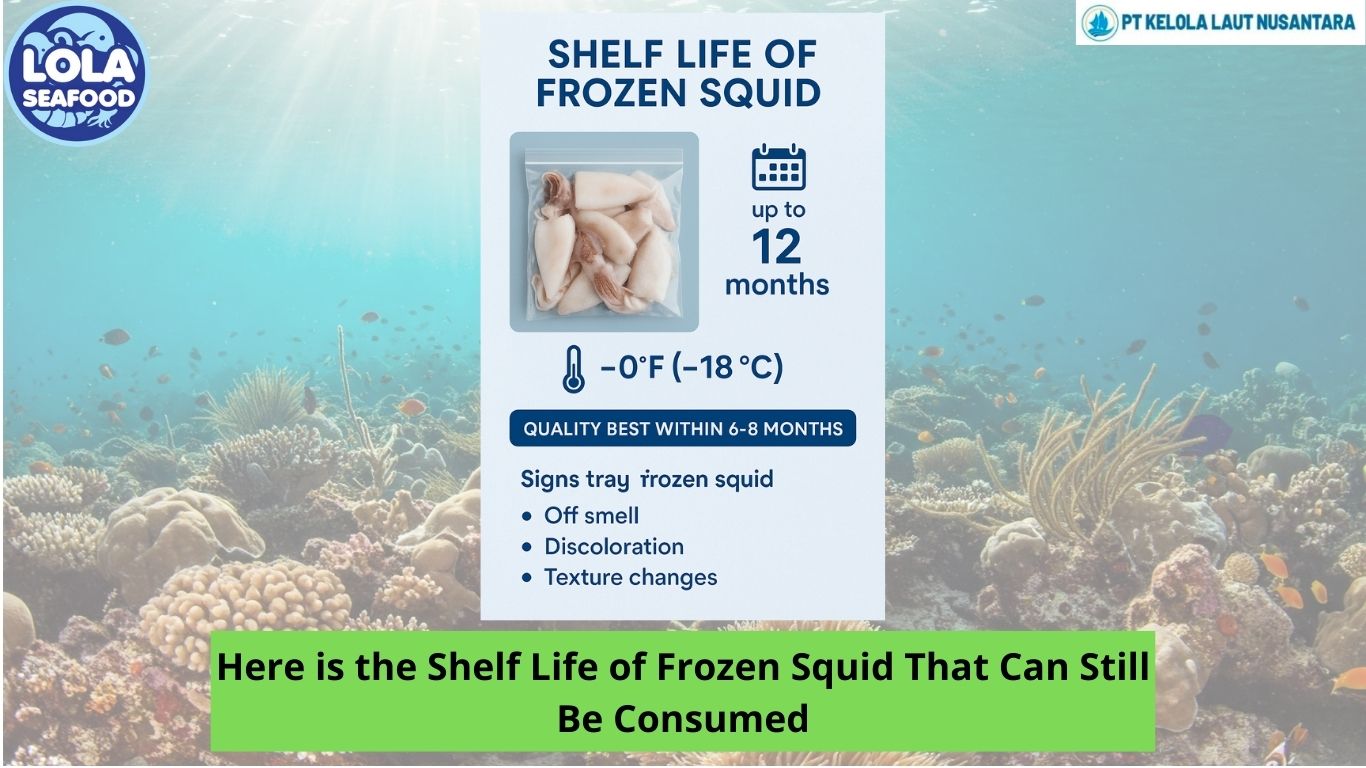
.jpg)
.jpg)
.jpg)
